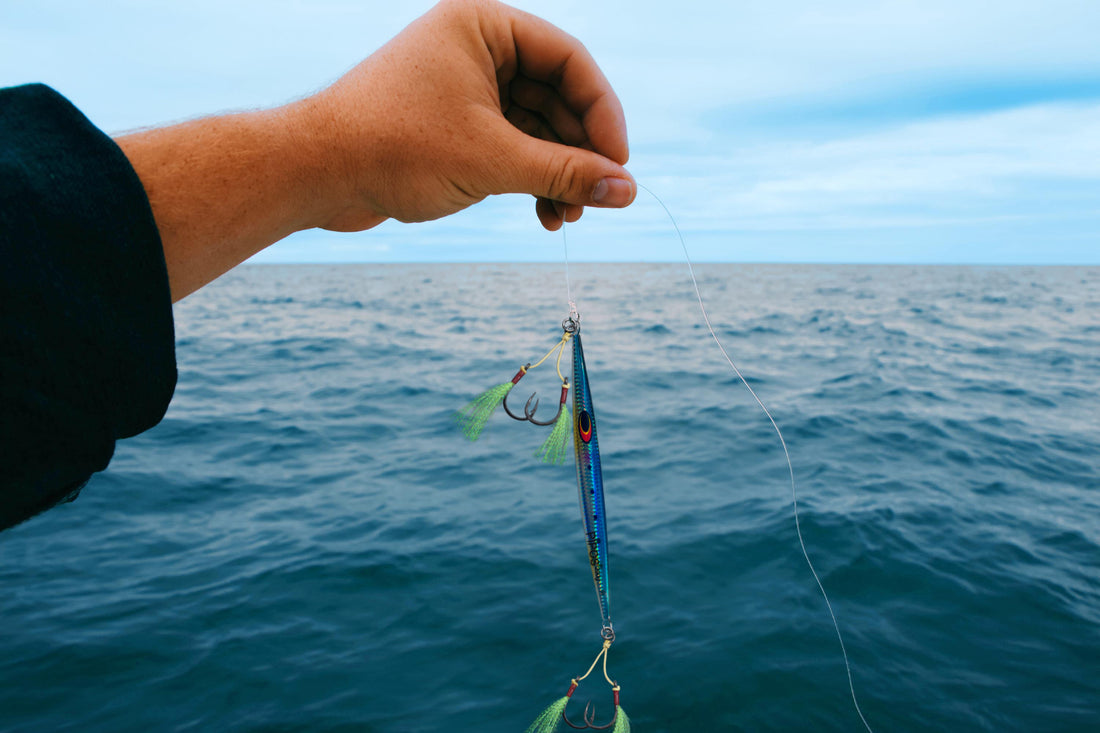If you're into fishing, you might have heard about slow pitch jigging, a technique that's gaining popularity among anglers. Slow pitch jigging is a Japanese method of fishing that involves using light tackle and slow, rhythmic motions to entice fish to bite. In this blog post, we'll explore what slow pitch jigging is, how it works, and why you should consider giving it a try.
What is slow pitch jigging?
Slow pitch jigging is a fishing technique that originated in Japan in the early 2000s. It involves using a lightweight rod, reel, and braided line, along with a slow pitch jig. The jig is a weighted lure that's designed to mimic the movements of a wounded baitfish, and it's rigged with multiple hooks to increase the chances of hooking a fish.
The technique involves making slow, deliberate movements with the rod, which causes the jig to flutter and move in a way that's irresistible to fish. Slow pitch jigging is all about finesse, and it requires a lot of patience and skill to master.
How does slow pitch jigging work?
Slow pitch jigging works by mimicking the movements of a wounded baitfish, which is a natural food source for many predatory fish. The slow, rhythmic movements of the rod cause the jig to move in a way that's similar to a wounded baitfish, which attracts fish and triggers a feeding response.
The key to successful slow pitch jigging is to match the weight of the jig to the depth of the water you're fishing in. This allows you to maintain contact with the jig at all times, which is crucial for detecting bites and hooking fish.
Why should you try slow pitch jigging?
There are many reasons to try slow pitch jigging, including:
- It's a fun and exciting way to fish: Slow pitch jigging requires skill and finesse, which makes it a challenging and rewarding way to fish.
- It's effective: Slow pitch jigging is a highly effective way to catch a wide variety of fish, including tuna, snapper, grouper, and more.
- It's versatile: Slow pitch jigging can be done in a variety of depths and conditions, making it a versatile technique that's suitable for a range of fishing situations.
- It's environmentally friendly: Slow pitch jigging is a sustainable fishing method that minimizes bycatch and reduces the impact on the environment.
In conclusion, slow pitch jigging is a fascinating and effective fishing technique that's well worth trying out. With a bit of practice and patience, you can master this technique and enjoy the thrill of catching fish in a new and exciting way. So why not give slow pitch jigging a try on your next fishing trip? You might just be surprised at how effective it can be!

